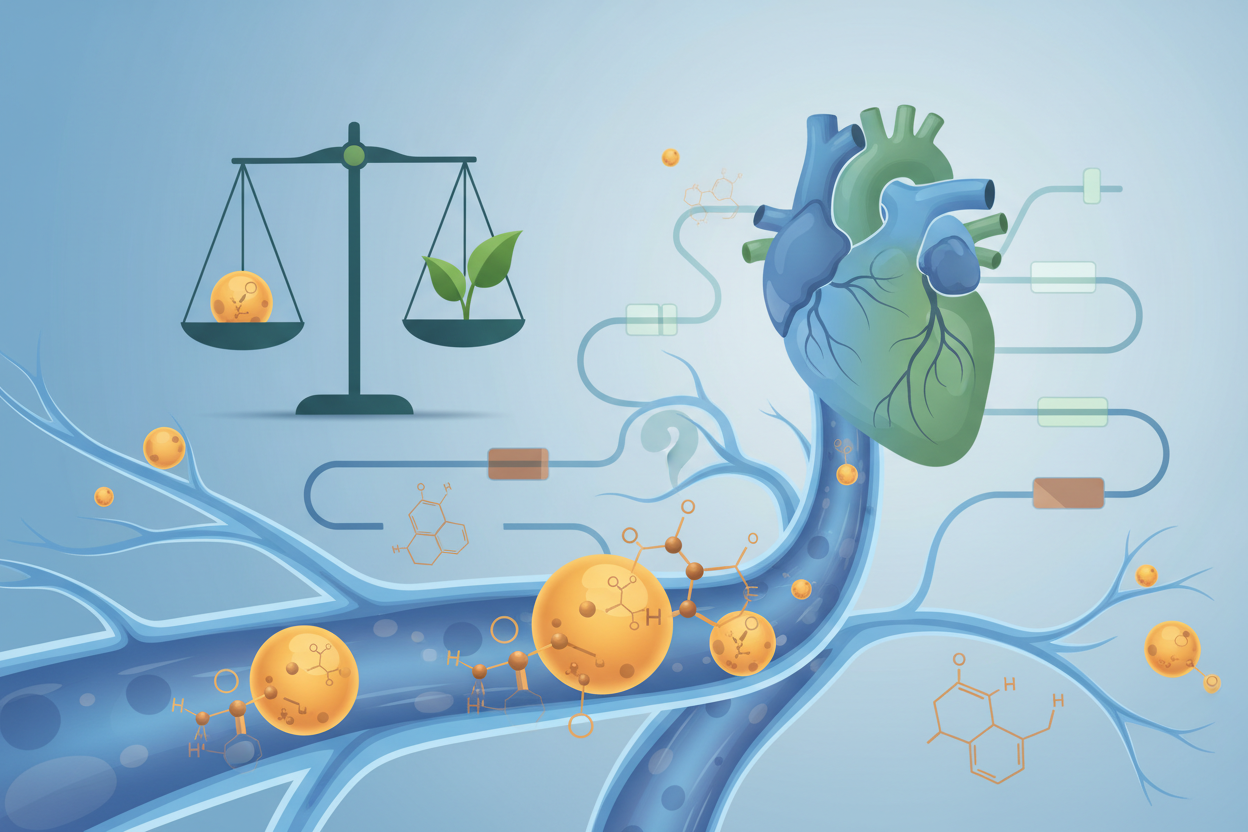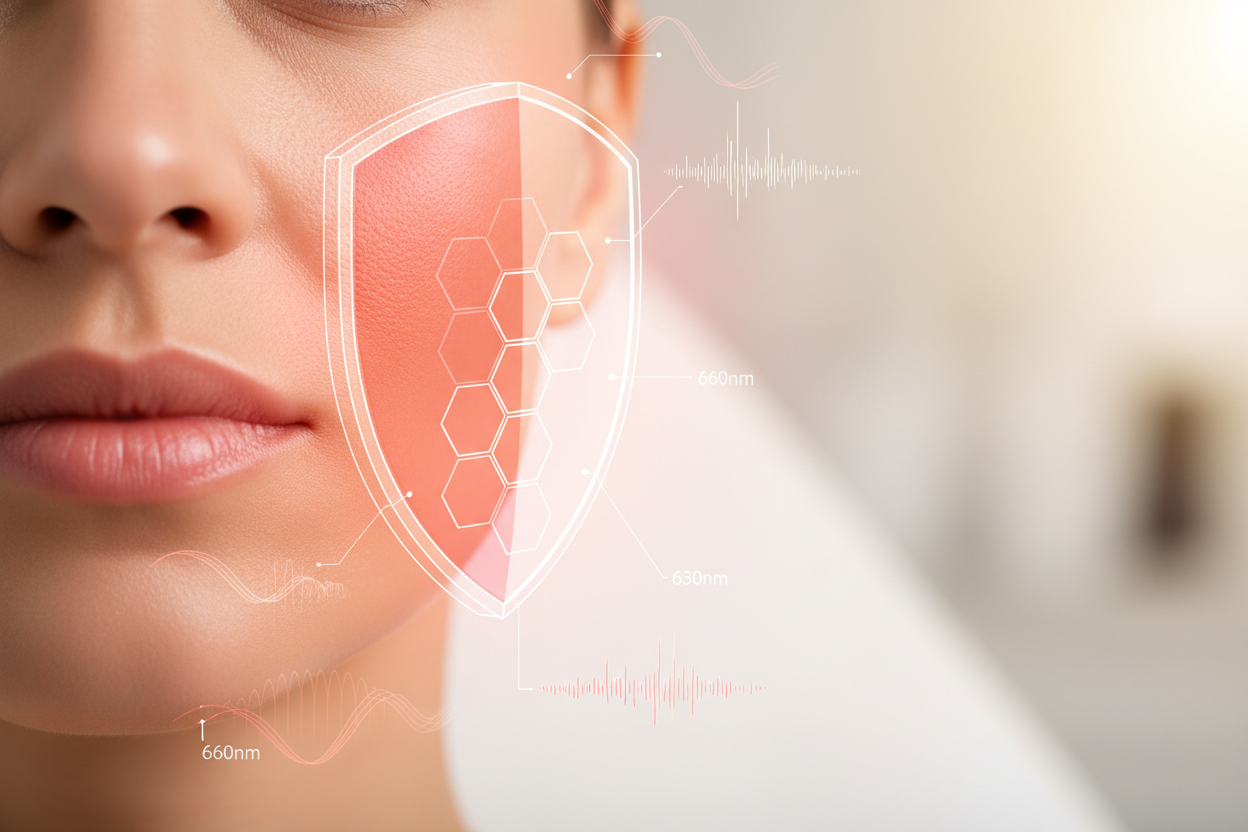Genitourinary syndrome of menopause (GSM) includes a complex set of symptoms affecting the vaginal mucosa, urinary tract, and sexual functions due to decreased estrogen. Dryness, irritation, pain during intercourse, frequent infections, or incontinence – all of these have one thing in common: degeneration of vaginal tissue.
While traditionally these symptoms were treated with systemic or local hormone therapy, laser, or surgical methods, in recent years there has been growing interest in photobiomodulation therapy (PBMT) – a non-invasive, painless, and hormone-free method that uses light in the visible to the infrared spectrum.
What do the current findings show?
-
PBMT acts on mitochondria of vaginal cellswhere it stimulates ATP production, collagen synthesis, angiogenesis, and mucosal regeneration.
-
Improves microcirculation, reduces oxidative stress a activates natural repair mechanisms.
-
Compared to laser therapy, it is more gentle, cheaper and does not damage tissue thermally.
-
Studies show significant improvement of GSM symptoms, including increased mucosal moisture, reduced pain, improved pH, and microbial balance.




Leave a comment
This site is protected by hCaptcha and the hCaptcha Privacy Policy and Terms of Service apply.